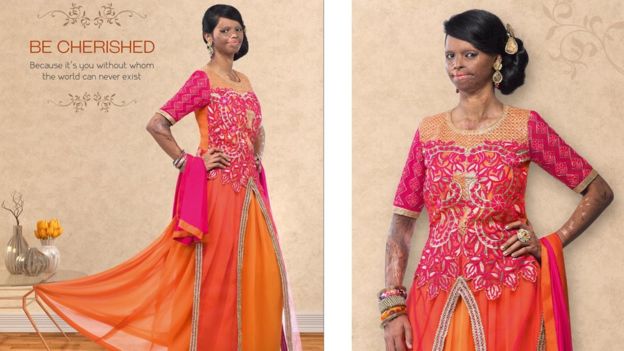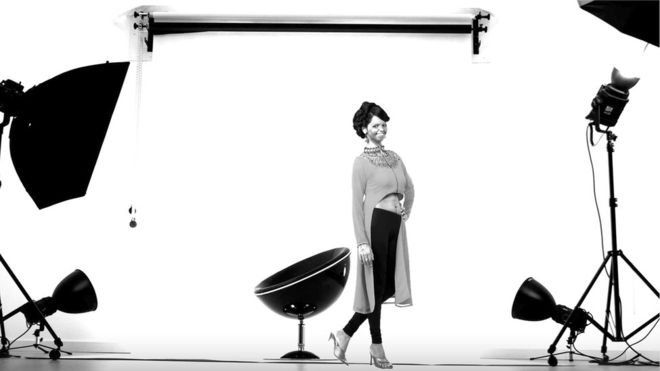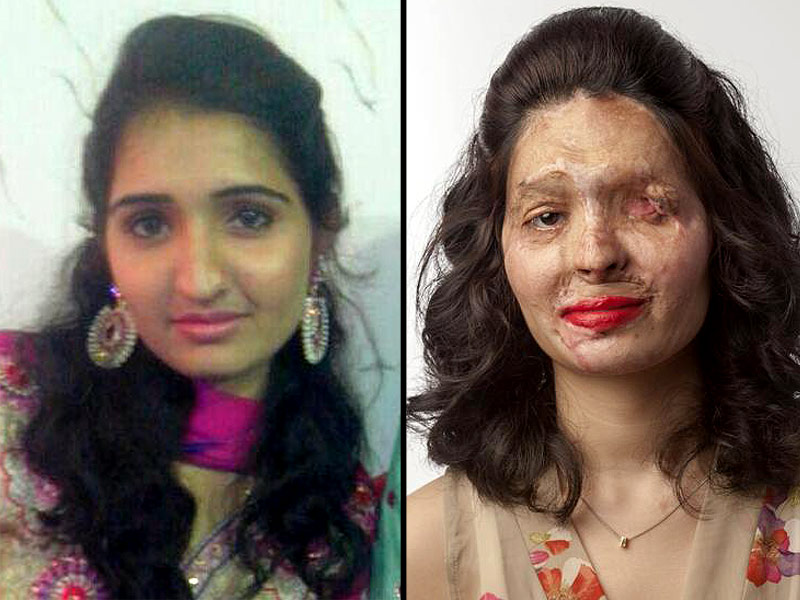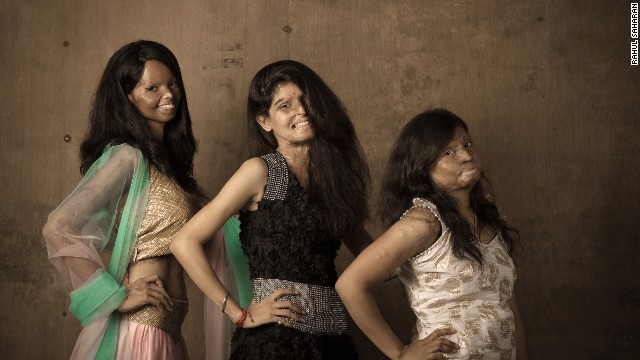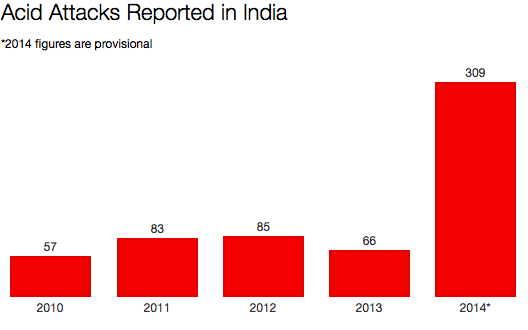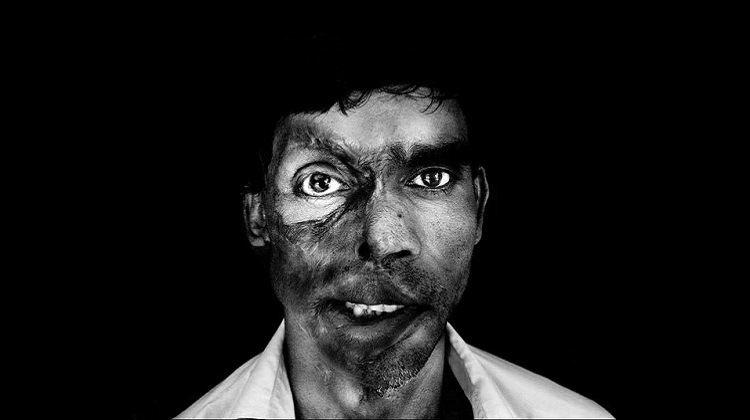How The Victims Of Acid Attacks In India Are Redefining Fashion And Beauty
How do you find the strength to rebuild your life after your dignity is torn to shreds?
These brave Indian women are helping other victims of acid attacks to embrace their disfiguration that does not decrease their self-worth
The social taboo of beauty and its meaning has become more inclusive over the past few years. Giving credit where it is due, the feminists are seen to be the forefront of changing people's acceptance of different body types. While big butts and no-gap thighs are no longer shunned like it used to, people still find it hard to accept people for who they are.
Being comfortable in your own skin is a struggle, but these women bravely displays their scars as if it is a fashion statement in an attempt to show us that it is not impossible to feel beautiful. In the pursuit of happiness, confidence is key as having a more positive mindset help people accomplish more things in life. Take a look at how these women are doing just that.
Take for instance, Laxmi Saa. Attacked at the age of 15, she now represents a nationwide fashion brand and campaign.
Laxmi was splashed in the face with acid by a 32-year-old man when she turned down his marriage proposal.
Image via Viva N DivaThe apparel company Viva N Diva, for which Laxmi Saa is modelling, said it chose her out of a desire to change the outlook of people towards fashion and beauty by spreading awareness that beauty is beyond mere physical attributes.
bbc.comMs Saa is using this opportunity to encourage women to regain their confidence despite their physical flaws and has become an advocate against the unregulated sale of selling acid.
"The problem is not just in being a victim but also your victimisation by the society." says Ms Saa
Image via BBC.comNot only is she aiming to share her story with women, she also wants to send a message to the criminals who aim to destroy lives with their heinous acts. She wants them to know that women are capable of regaining their lives even after losing their beauty.
Ms Saa has taken a step further than setting public agenda, and had submitted a petition in 2013 to the Supreme Court of India to set policies in place for the regulation of over-the-counter sale of acid.
Another victim, 18-year-old Reshma Qureshi stars in this inspiring make-up tutorial, showing that she is just a normal girl
In her video, Ms. Qureshi explains that it is as easy for attackers to buy concentrated acid at a market as it is for her to buy a tube of lipstick — and sometimes, it is cheaper.
This is no ordinary make-up tutorial as you can already see from the condition of her skin, Reshma addresses her struggle with beauty and the alarming accessibility of acid available in Indian markets.
Bharat Nayak of Make Love Not Scars explains the vision of the video campaign. “We wanted to create a contrast by using a topic as superficial as makeup to address a hard hitting issue of acid attacks,” said Mr Nayak. “There is so much stigma attached to this, that we felt that video of this kind can change people’s heart and make them feel survivors are as normal as they are.
This video by the Make Love Not Scars group has over 1.5 million views up to date as they encourage people to sign the petition to put a stop to the sale of acid. You can also follow their hashtag #endacidsale to spread the word and keep up with their efforts.
Back in 2014, this photoshoot of these acid attack victims in India was one of the earlier campaigns to capture the world's attention
After Rupa was attacked at age 15 by her Stepmother, she lost her dream of becoming a fashion designer and couldn't even bear to look at herself in the mirror until 3 years after the incident. Now at age 22, she is given the opportunity to showcase her talent by designing and dressing all the girls in the photoshoot.
"When the photos got circulated in the media, people started calling to inquire about me, I felt so good. After the photo shoot I want to go out meet more people." says Rupa.
cnn.comChanchal, along with her sister Sonam, were attacked after they protested when a group of boys were teasing them.
Image via CNNRahul Saharan, the photographer behind the photoshoot of Rupa and other victims took up the job to provide a harsh but true reality. "In our society, there are lots of things said to the girls -- you are not beautiful, you won't get married because your skin is not white and fair," Rahul said. "I want to change the perception of beauty -- tell people that the real beauty is not about having a fair skin.
Although laws exist, founder of Stop Acid Attacks, Alok Dixit admits that "We need the government to be active in enforcing the law to regulate acid sales."
There can be 1,000 acid attacks every year in India alone, mostly unreported according to Acid Survivors Trust International. Thats 1,000 people in India affected by this heinous crime.
We shouldn't forget men who are victims as much as women. Mr Dixit says that it is also often used in disputes and robberies, “because it’s easy to carry out and escape. In many cases, the perpetrator remains anonymous.”
Since 2013, retailers need a license to sell acid and must maintain records — shared with the police to avoid a fine – of the quantity sold and names and addresses of buyers. To better regulate and track acid sales, the federal government is also preparing an online registration system for retailers and buyers.
In reality, such policies don't make much of a difference as it is too hard to regulate with it being so readily accessible in unlicensed markets. Thats why discourse on this topic is necessary to bring attention to international forces that may be able to make a difference.

